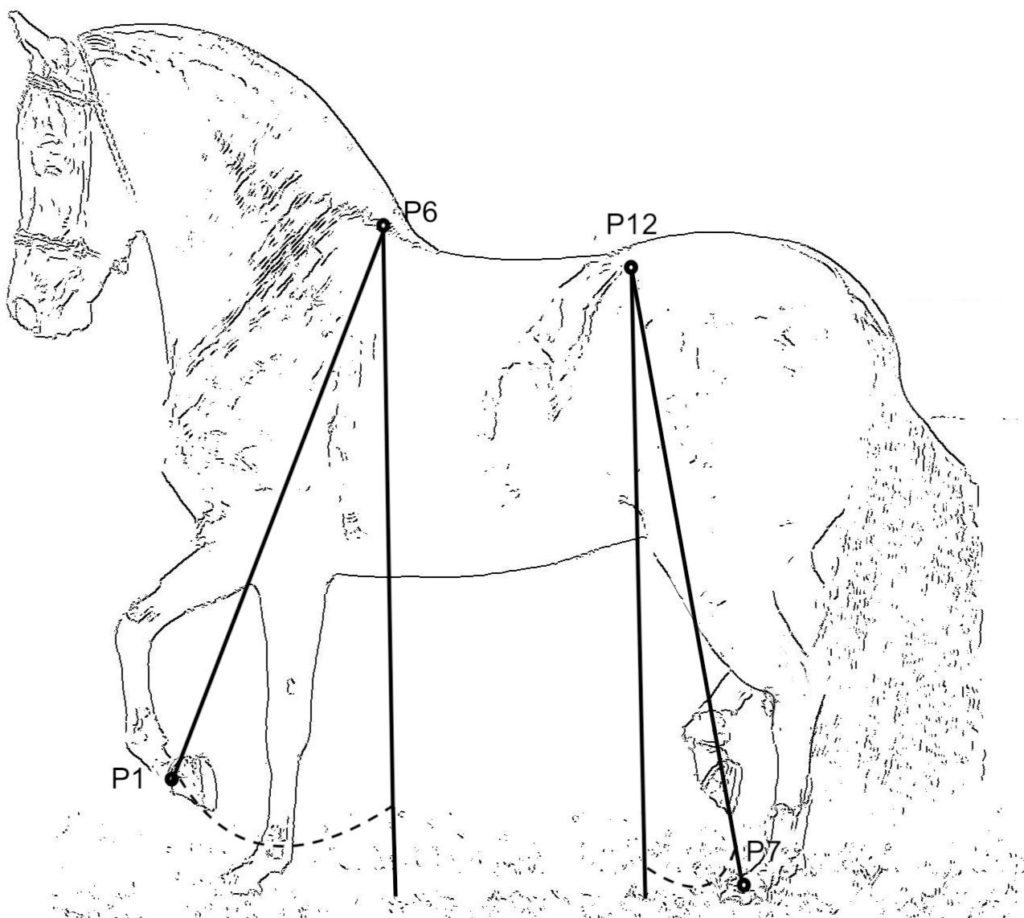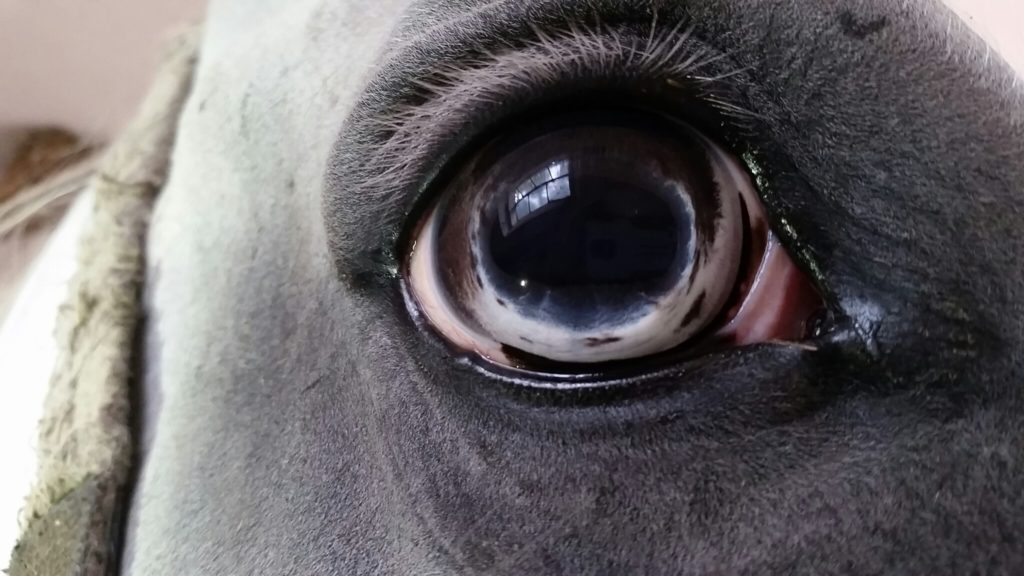
10 R. equi Resources on TheHorse.com
Rhodococcus equi is the most serious cause of pneumonia in 1- to 4-month-old foals. Learn more about this potentially deadly pathogen and how to protect your foals with these resources on TheHorse.com.

Rhodococcus equi is the most serious cause of pneumonia in 1- to 4-month-old foals. Learn more about this potentially deadly pathogen and how to protect your foals with these resources on TheHorse.com.

A horse’s papers were lost during Hurricane Harvey. His new owner wants to know if DNA testing can help discover his breeding.

Is your mare’s competitive career progressing, but you’d like to get a foal from her? Dr. Ryan Ferris gives an overview of how much time a mare needs off training for assisted reproductive techniques, such as embryo transfer.

Dr. Ryan Ferris explains the purpose of using Caslick’s on certain mares and how they can improve mare fertility.

Current horse breeding trends are characterized by a decline in mares bred and a new focus on well-being of established pregnancies, as well as enhanced genetic selection related to the health and future performance of foals.

Knowing the “location” of horses’ genetics—proximity to some, distance from others—on a “map” could help improve breeding programs and conservation efforts, researchers said. Here’s how.

Veterinarians used fetal ECG to detect two fetal heartbeats simultaneously in a mare suspected of carrying twins at eight months of gestation.

When breeders flock to the same few stallions in a certain breed, a genetic nightmare can result. Here’s how a PRE organization and researchers used science to improve genetic diversity.

Some horses with two copies of the gene associated with pacing don’t pace, so are they learning from their dams? Not necessarily, researchers have learned.

The role of a behavior-related gene might explain why some Thoroughbreds start race careers while others don’t, researchers say.

While a limited gene pool hasn’t put Japanese Thoroughbreds at risk of losing genetic diversity, selective breeding and low foal numbers have, researchers in that country say. Here’s why.

Colombian Paso Finos have a unique gait most other Paso Finos don’t: the trocha. And recent study results suggest that gait isn’t genetically similar to lateral gaits in other ambling breeds like Icelandics, Tennessee Walking Horses, and pacers.

Dr. Ted Kalbfleisch’s work at the UK Gluck Equine Research Center will focus on a secondary analysis of equid genomes and transcriptomes.

Researchers recently identified the genetics behind some equine joint angles, which, they say, can impair equine performance, health, and welfare. Here’s how.

Horses of some breeds with limited gene pools are at risk of developing health issues due to inbreeding. But researchers found that this isn’t the case when it comes to eye problems in a 400-year-old Czech breed, researchers say.

Researchers identified three ways to help improve pregnancy and foaling rates: breeding mares multiple times in a season, inseminating close to ovulation, and choosing a stallion with progressively motile sperm.
Stay on top of the most recent Horse Health news with
"*" indicates required fields